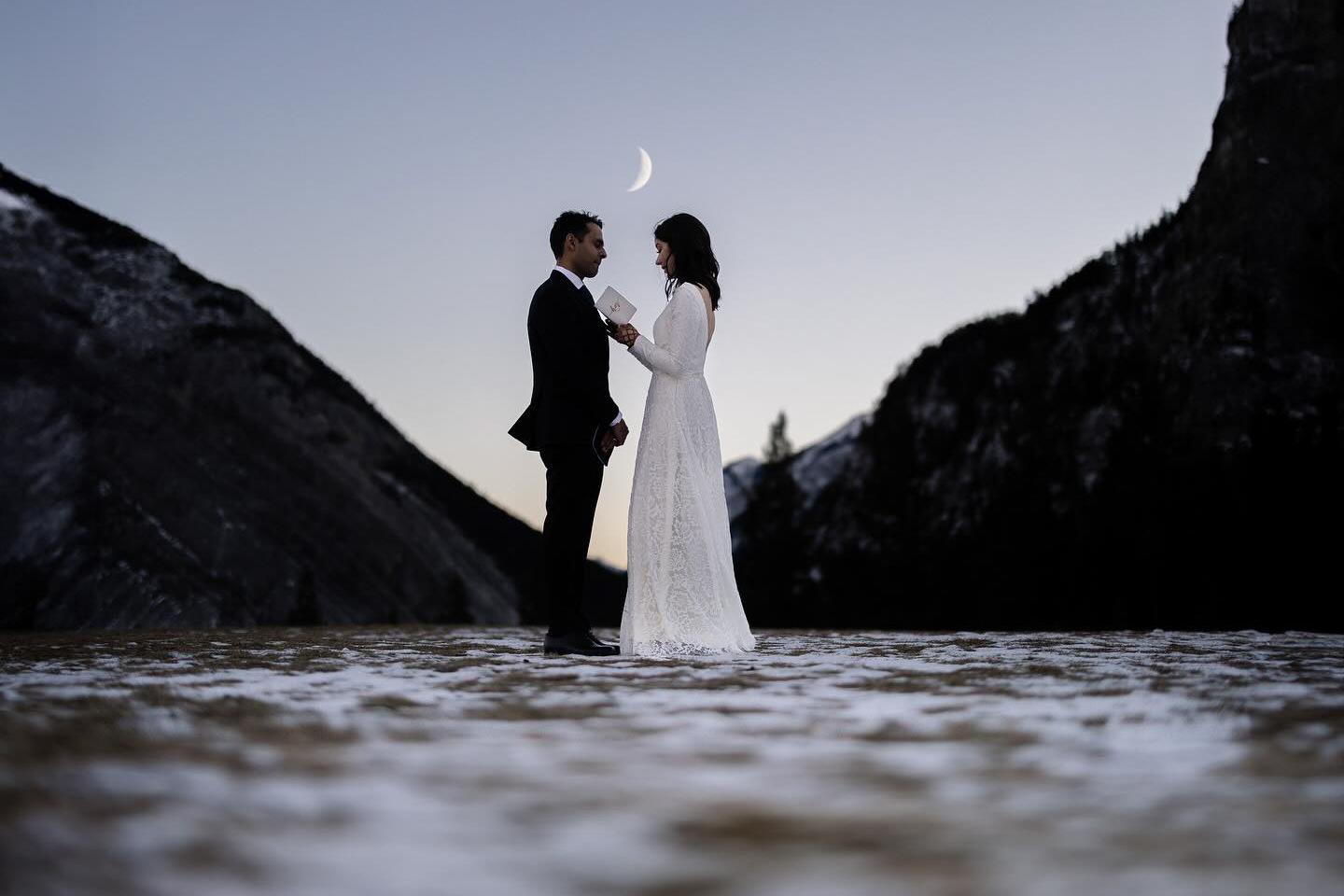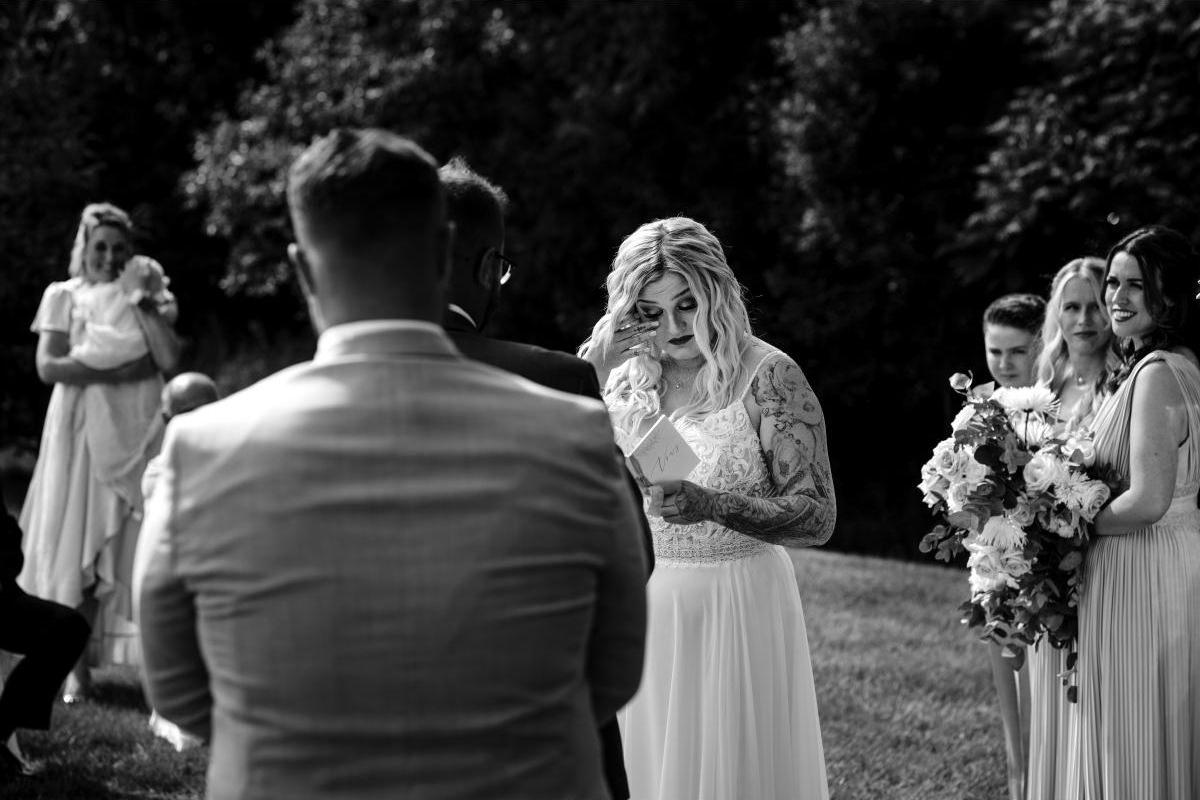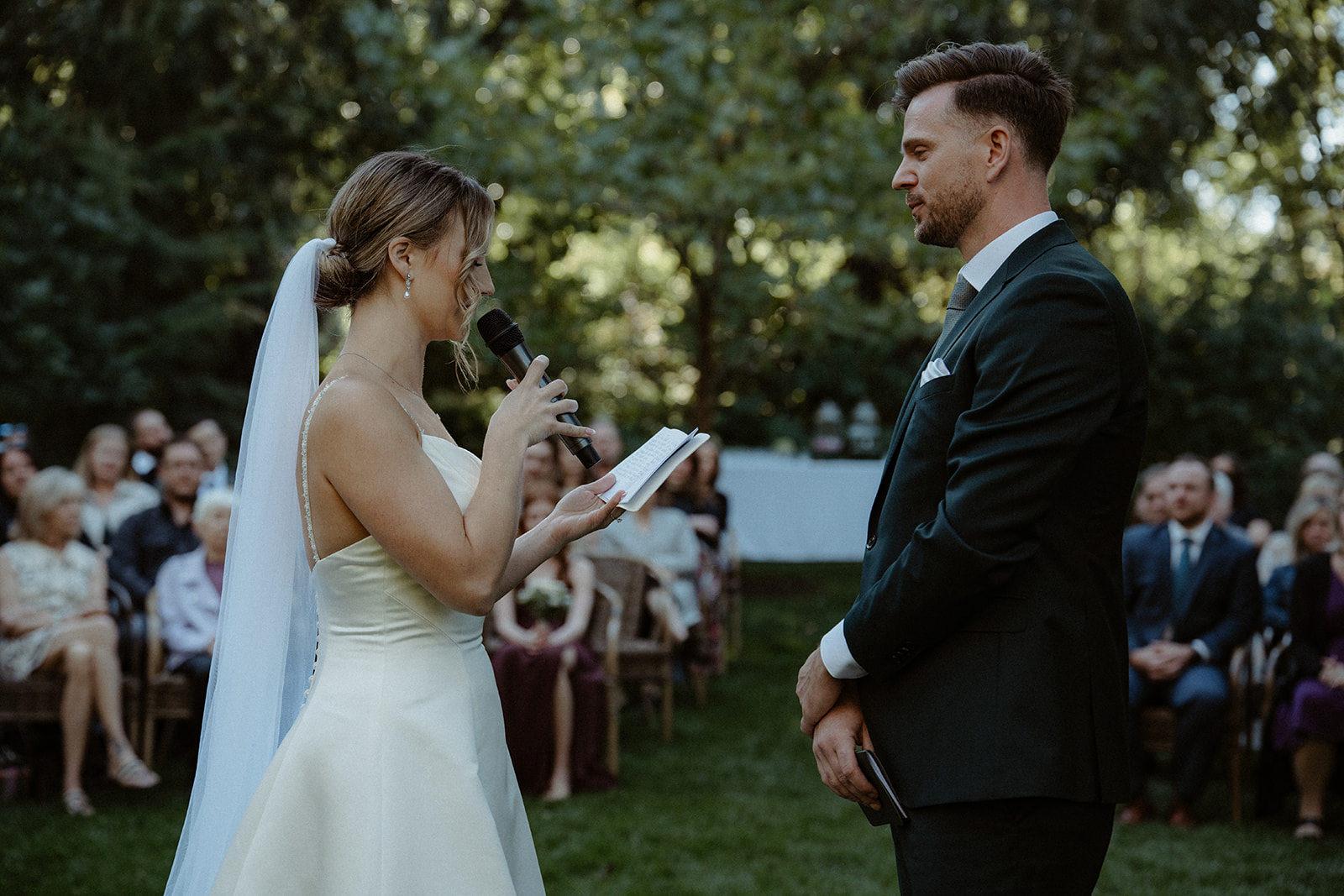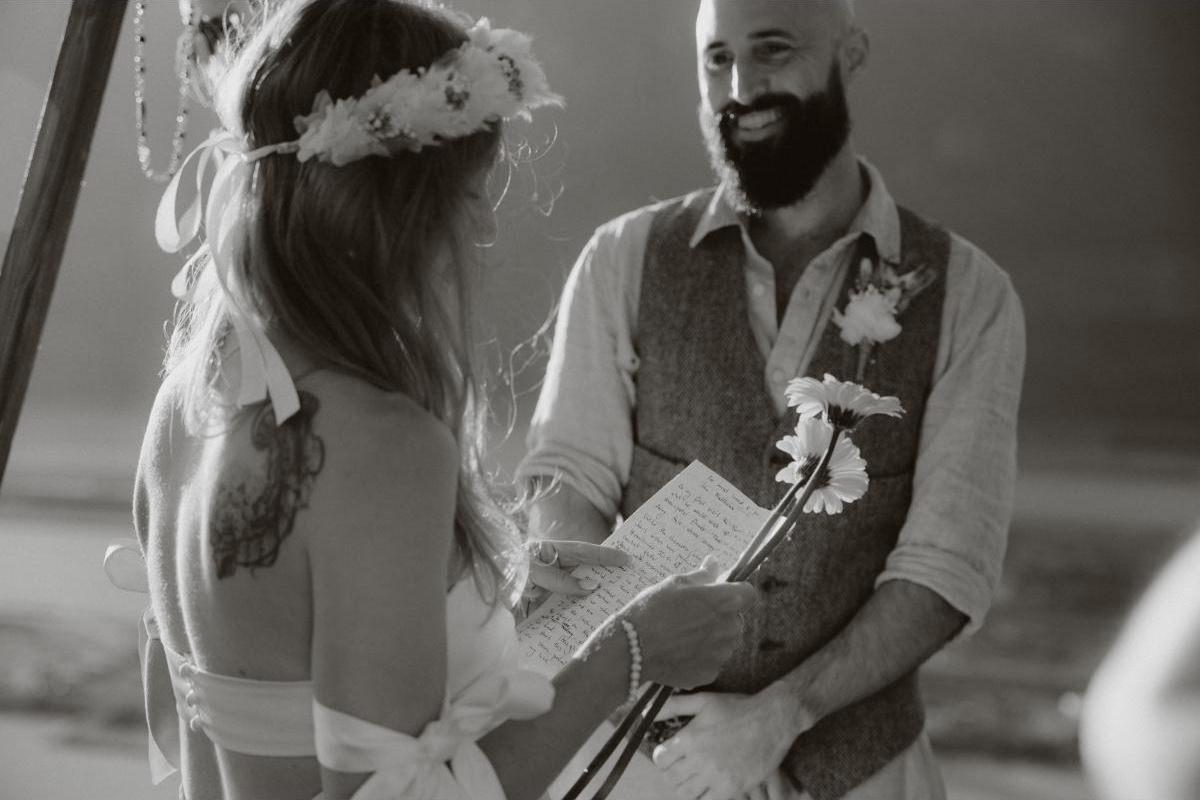Once scripted by church or state, wedding vows are now a deeply personal way to express love, values, and intent. But they weren’t always so romantic.
For much of history, wedding vows weren’t about love at all—they were about property, duty, and obligation. While today’s Canadian couples may write poetic tributes to their partner’s character and quirks, most historical vows were rooted in legal or religious formality.
As marriage has evolved, so have the words we say when we commit to one another. Here’s how wedding vows have changed—from rigid contracts to raw, personal expressions.

Early Vows Were Legal Declarations, Not Love Letters
In medieval Europe, marriage was primarily a contractual and political agreement. Vows were spoken in front of witnesses to seal the union:
- In many cases, couples pledged to honour, obey, and serve, especially in patriarchal structures.
- The focus was on legitimacy of children, property rights, and social alliances, not emotional connection.
- These vows were often oral agreements governed by local custom or religious law.
Marriage wasn’t about two individuals—it was about families, legacy, and order.
The Church Standardizes the Script: The Book of Common Prayer (1662)
In Anglican England, vows became more formalized with the Book of Common Prayer, which introduced language still used today:
“To have and to hold, from this day forward, for better for worse, for richer for poorer...”
This liturgical format spread to colonial Canada and became the blueprint for English-speaking weddings around the world.
Traditional vows emphasized:
- Lifelong commitment
- Gendered roles (with the bride often vowing to “obey”)
- Religious authority as the sanctioning force
This remained the default script well into the 20th century.

The Rise of Secular and Civil Vows
As marriage became more secular in many countries—including Canada—so did the language of vows:
- Civil ceremonies often used pared-down, legalistic wording like “I take you to be my lawfully wedded spouse.”
- Couples from interfaith or non-religious backgrounds began crafting alternative vows that reflected their shared values rather than sacred texts.
- By the 1970s and 80s, there was a growing trend of modifying or omitting traditional language.
This marked a turning point: marriage became a personal declaration, not just a formal institution.
Custom Vows in the Modern Era: Raw, Real, and Reflective
Today, many Canadian couples choose to write their own vows, especially in:
- Outdoor or non-religious ceremonies
- LGBTQ+ weddings
- Second marriages or elopements
Modern custom vows often include:
- Personal stories and inside jokes
- Honest reflections on partnership and growth
- Promises tailored to the couple’s unique life together
And while some still opt for traditional phrasing, it’s often reframed or gender-neutralized to better reflect contemporary values.

Cultural and Religious Variations of Vows
Vows vary significantly across cultural and religious contexts:
- Jewish ceremonies emphasize ketubah (marriage contract) rather than verbal vows.
- Hindu weddings involve seven vows (saptapadi) taken around a sacred fire.
- Muslim weddings often involve brief but binding declarations called ijab and qabul.
- Indigenous Canadian weddings may incorporate spoken commitments rooted in nature, family, or spiritual balance.
In all cases, the vow serves the same function: naming a bond in the presence of community.
The Photographer’s Role: Capturing the Words That Matter
Wedding vows are often the emotional heart of the day—and capturing them well requires awareness and timing.
- A well-framed photo of a teary vow delivery can be more powerful than a posed portrait.
- Reaction shots from the partner or guests preserve those fleeting emotional moments.
- Some photographers even document vow booklets, handwritten notes, or behind-the-scenes writing sessions.
The moment may pass quickly—but the words last a lifetime.

Related Reading in the History of Weddings Series:
- The History of the Wedding Ceremony
- The History of LGBTQ+ Weddings in Canada
- The History of Wedding Superstitions and Rituals
- The History of Wedding Speeches and Toasts
Continue Planning Your Wedding
Ready to dive into the details? How to Find the Perfect Wedding Photographer: The Ultimate Guide to Making the Right Choice